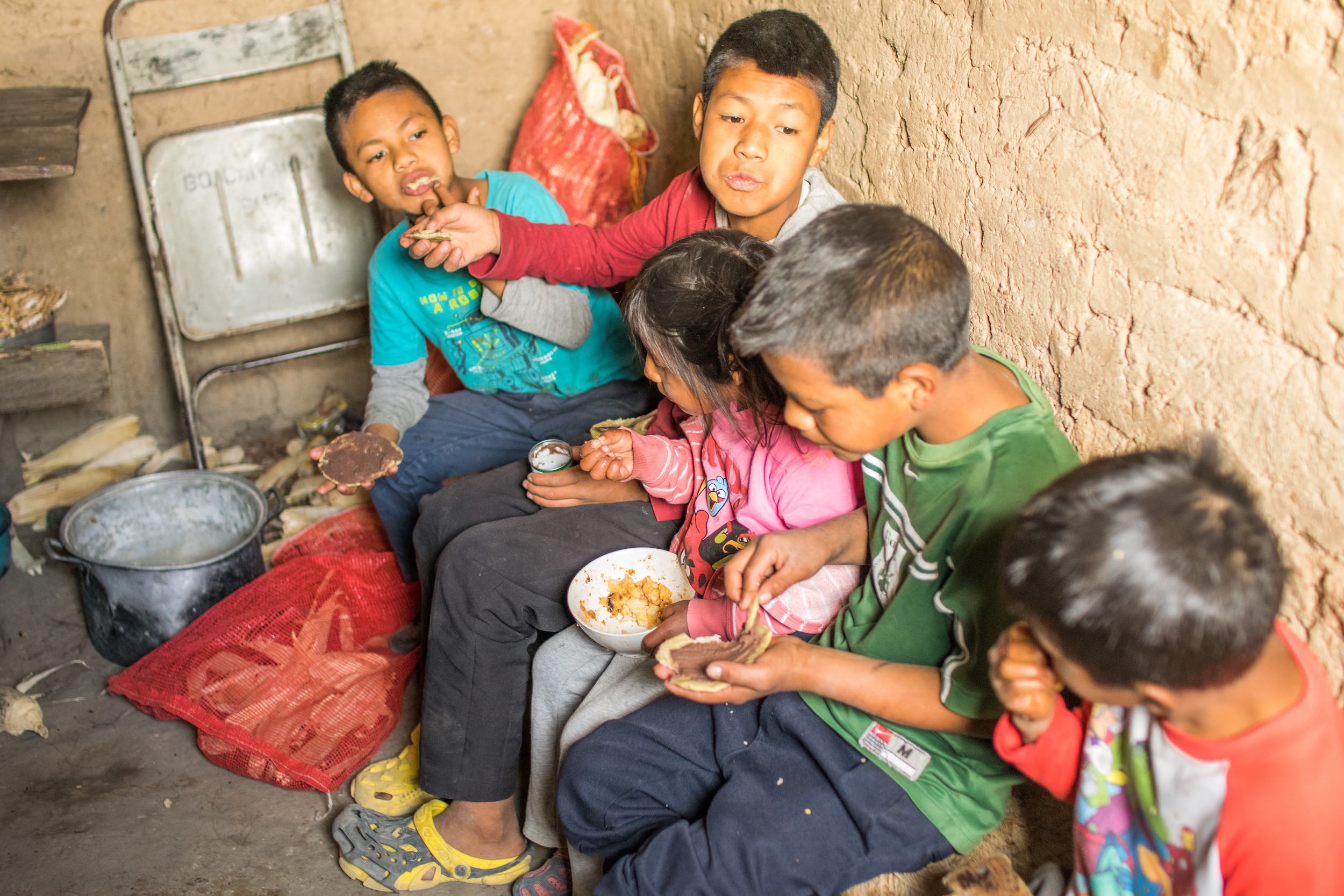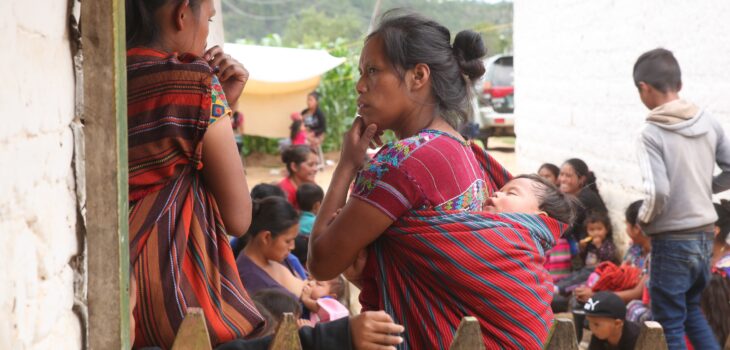
Food is essential to life as it provides the nutrients and energy we need to grow, develop, and maintain our bodies. However, the food we consume can also cause illness and disease if not handled and prepared correctly. According to the World Health Organisation (WHO), there are over 200 diseases caused by unsafe food, ranging from diarrhea to cancer. Shockingly, every day, a staggering 1.6 million people get sick due to unsafe food. In 2019, to bring awareness to this issue, the United Nations General Assembly designated June 7th as World Food Safety Day to raise awareness and promote the importance of improving food safety. This month, the World Health Organisation (WHO) and the United Nations (UN) jointly facilitate the observance of the 5th World Food Safety Day. This annual event provides an opportunity to call attention to the risks of unsafe food and the need for collaboration between governments, producers, and consumers to promote safe food.

The theme of World Food Safety Day 2023, “Food standards save lives”, acknowledges the shared responsibility and reinforces the message that everybody has a role to play, from farm to table, to ensure the food we consume is safe and will not damage our health. Foodborne illnesses are a major public health concern worldwide, with an estimated 600 million, or almost 1 in 10 people globally, falling ill after consuming contaminated food. Additionally, 420,000 people die each year as a result. Vulnerable populations, such as children, pregnant women, and individuals with weakened immune systems, are particularly impacted by foodborne illnesses. Fortunately, most cases of foodborne illness can be prevented through safe food handling and preparation practices. To address these challenges, governments, producers, and consumers must work together to promote safe food practices. Governments can implement policies and regulations to ensure that food is safe and nutritious, including food safety standards, monitoring and surveillance, and public education campaigns. Producers can adopt good agricultural and manufacturing practices to prevent contamination, including proper hygiene, sanitation, and pest control measures. Consumers can take steps to ensure the safety of the food they eat, including washing hands and utensils, cooking food thoroughly, and storing food at safe temperatures.
While food safety is a global issue, it is particularly important for villages in Nicaragua and Guatemala, where access to safe and nutritious food is limited. Here, foodborne illnesses are a major public health concern, with diarrhea being one of the leading causes of death among children under five. Factors such as the lack of safe drinking water, poor sanitation, and inadequate food handling and preparation practices contribute to the high rates of foodborne illnesses. Several initiatives are underway in Nicaragua and Guatemala to promote food safety and improve access to safe and nutritious food. For example, the World Food Programme is collaborating with local farmers to enhance agricultural practices and provide education and training on food safety, including proper handling and preparation of food. Efforts are also being made to improve water and sanitation infrastructure in rural areas, which will reduce the risk of waterborne illnesses and improve access to safe drinking water. While these initiatives are a great beginning, there is still much work to be done.

Poverty plays a significant role in food safety and nutrition. Imagine trying to provide nutritious meals for your family on a budget of less than $3.20 a day. Poverty affects food safety and overall health outcomes, making World Food Safety Day an important occasion to recognise Health & Help. Around six in ten of Guatemala’s 14 million people live on the brink of poverty and, in some regions, nearly 90% of the population does not have enough to eat at any given time. In Nicaragua, about 30% of the population lives in poverty, with even higher numbers in rural regions. Many families cannot afford to buy or store food safely, leading to spoilage and contamination. Poverty is linked to many negative health outcomes, particularly in children. According to the Global Nutrition Report, Guatemala has the highest rate of malnutrition in Central America, affecting 46.5% of children under the age of five. Similarly, in Nicaragua, nearly every fifth child does not receive enough nutrients for healthy growth. In rural regions, this number can reach 30%. Children without access to good nutrition are more likely to experience poor health and complications in adulthood due to weakened immune systems. Our clinics witness daily visits from families who struggle to provide their children with high-quality, nutritious food and we work to combat the issue of malnutrition.

At our clinics, we measure the height and weight of each child who comes to the clinic and compare the data to the World Health Organization’s percentile charts. This allows us to identify if the numbers meet age-appropriate standards and take necessary measures if they do not. We also pay special attention to promoting balanced diets and maintaining food safety standards. Aside from medical help, we also organise educational workshops where our patients learn from nutritionists during a one-time session. However, there is always more work to be done and our efforts require resources. Your support is vital to us! If you would like to help our clinics and the families in Guatemala and Nicaragua, you can make a donation at our website here. Just $25 covers a course of vitamins for one child, while $20 provides an additional bottle of infant formula.
Food safety is everyone’s business. To donate or learn more, head to he-he.org
Last news

The Invisible Weight Women Carry
Fatigue that never goes away. Dizziness that makes walking feel like a chore. Hair thinning, shortness of breath, and a racing heart during everyday activities. For many women, these are not just random symptoms — they are signs of low ferritin.
Learn more
A Powerful Partnership for Women’s Health
When Ecologicasec first reached out to us on Instagram, we couldn’t imagine how meaningful our connection would become.
Learn more
Happy Mother’s Day to our patients!
In Nicaragua and Guatemala, women typically play the leading role in raising the family and looking after children and the household. This is so important, without mothers, nothing would get done!
Learn more
